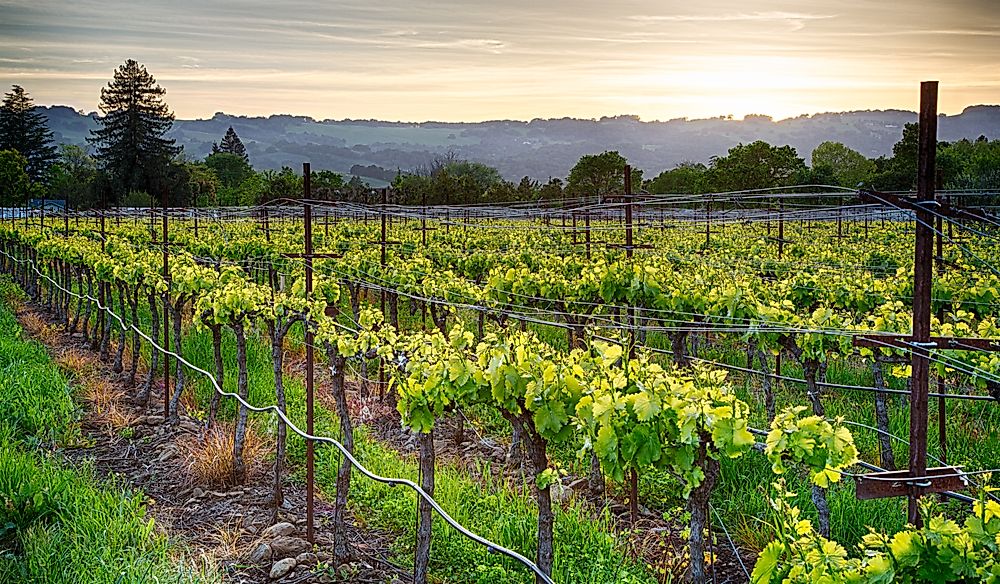What Is A Region?

A region is an area with distinctive homogenous characteristics. Regions can be broadly categorized by physical characteristics, environmental aspects, or demographical aspects. Regions beyond the continental areas are categorized as either hydrospheric regions or atmospheric regions. Such regions cover the oceans and places above the water and land masses. Legislation can define regions in terms of country boundaries each with own jurisdiction. A certain place can be a member of various categories of regions.
Global Regions
Global regions are defined by two main terrestrial environments; namely land and water. Land regions are the continents while water regions can be oceans, seas, or lakes. Continental regions can be reduced to convenient homogenous regions for studying purposes. Unique features that occupy a significant part of a continent and are categorized as regions include deserts such as the Sahara or basins such as the Amazon.
Historical Regions
Historical regions are classified according to the distinct culture, ethnic composition, language, or political affiliations. Such regions assist in analyzing the social development of human beings and how these places have changed over time. Historical regions describe a place in terms of activities carried out without strict adherence to political boundaries. Examples of historical regions the “Great Fishery” region located off the coast of Newfoundland.
Tourism Regions
Such regions are designated as tourism sites due to the presence of attractive cultural or natural characteristics. Tourism regions give visitors a coherent unique experience. The regions are set aside by the government due to their exceptional qualities that evoke positive tourism experience. Examples of such regions are the United Kingdom's Lake District or California's Wine Country.
Natural Resource Regions
Natural resource regions are where a certain resource occur naturally leading to that area being classified in reference to that commodity. Natural resource regions encompass physical, environmental and human geography. Oil fields or iron ore deposits sites evolve from a natural resource region to physical, geomorphological, cultural and economic region. The resources can result in conflict as witnessed in the oil fields along the border of Kuwait and Iraq which led to the Gulf War.
Religious Regions
A region may be associated with the belief and faith of the inhabitants. A region predominantly occupied by Christians might be referred to as Christendom while that occupied by those professing Islamic faith be a Muslim region. Religions can adopt ecclesiastical regions and have names associated with that religion. The Church of England and the Roman Catholic Church have places called parish, diocese, or ecclesiastical provinces. The term “Hindu nation” is used to refer to countries where Hinduism is the dominant religion.
Political Regions
In political geography, regions are divided into political units and administered by specific political authorities. Such units include sovereign states, provinces, unions, and territories. Political regions can be grouped in multinationals like the NATO and the European Union. Political regions can form informally such as Third World Countries or Western Europe.
Military Regions
A military region is a formation of soldiers under a specific command. The region is bigger than an army group but smaller than an army theater. An army region is made up of between one and three million soldiers. In the United States, a military region is under the command of a full General or a Field Marshal. Military regions were last witnessed in the Second World War
Traditional or Informal Regions
Traditionally, people grouped themselves based on common characteristics. These informal settings are not incorporated in the modern administrative divisions of the countries involved. However, they create an informal regional identity by fostering a sense of belonging.











